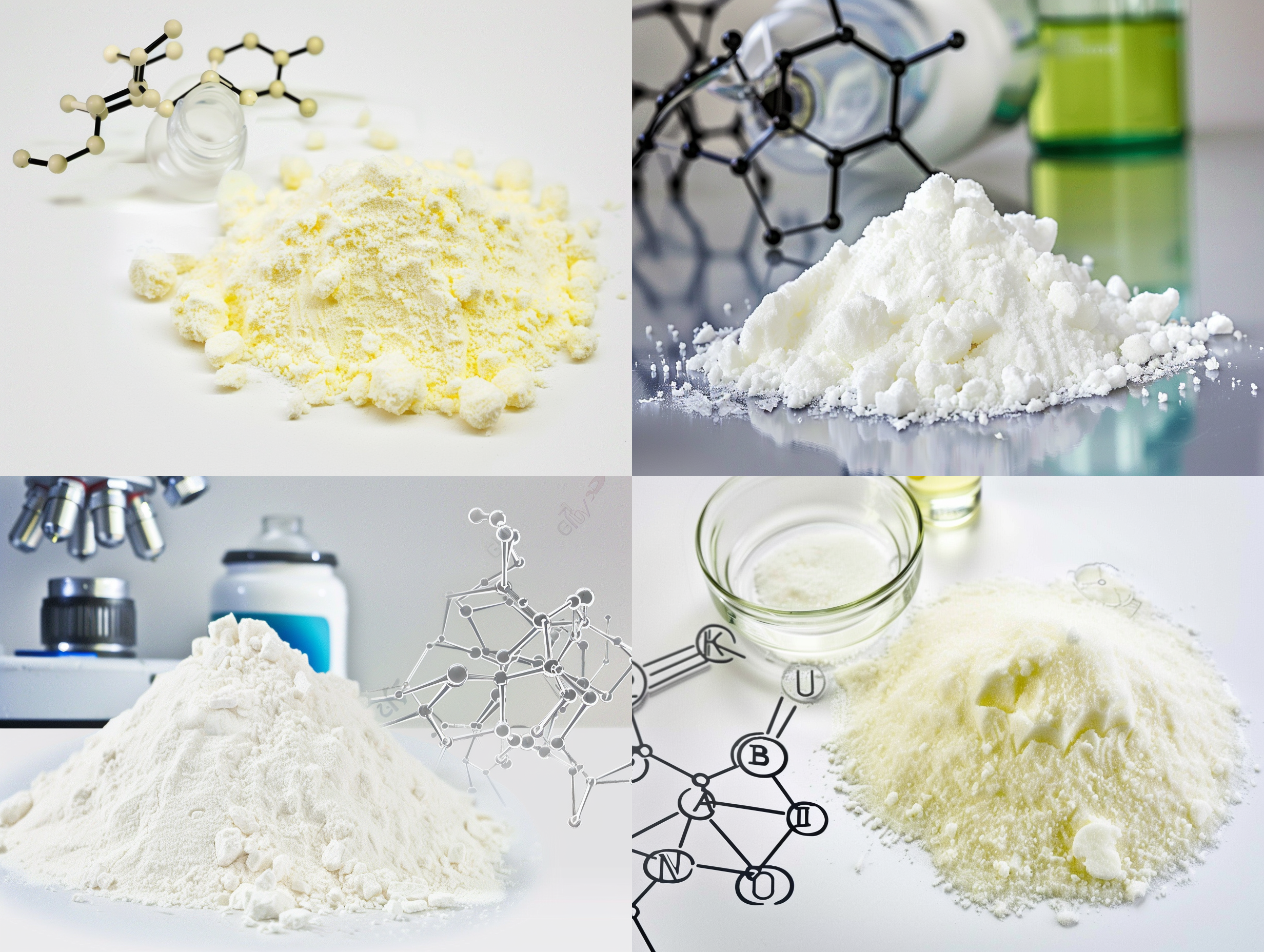Polyacrylamide gel has gained prominence across numerous industries due to its unique properties and versatile applications. Understanding the process of its formation is crucial for manufacturers and researchers in the chemical sector.
Polyacrylamide, often abbreviated as PAM, is a polymer made from acrylamide subunits. It is widely utilized in various applications such as water treatment, soil conditioning, and pharmaceuticals. The gel formation process involves the polymerization of acrylamide, which can be either a dry powder or a solution.

The formation of polyacrylamide gel occurs through several key stages. Initially, acrylamide monomers undergo radical polymerization, often facilitated by initiators such as ammonium persulfate. This process results in the formation of long polymer chains, producing a hydrogel characterized by high water retention capacity.
Polyacrylamide gels are extensively used in fields such as:

The polyacrylamide market is witnessing several innovations aimed at enhancing the efficiency and environmental sustainability of its applications. Companies are focusing on developing biodegradable alternatives and improving the recycling processes for polyacrylamide products.

In summary, understanding the formation of polyacrylamide gel is essential for maximizing its application potential in various industries. Staying informed about the latest trends and innovations is key for businesses looking to leverage the advantages of polyacrylamide effectively.
